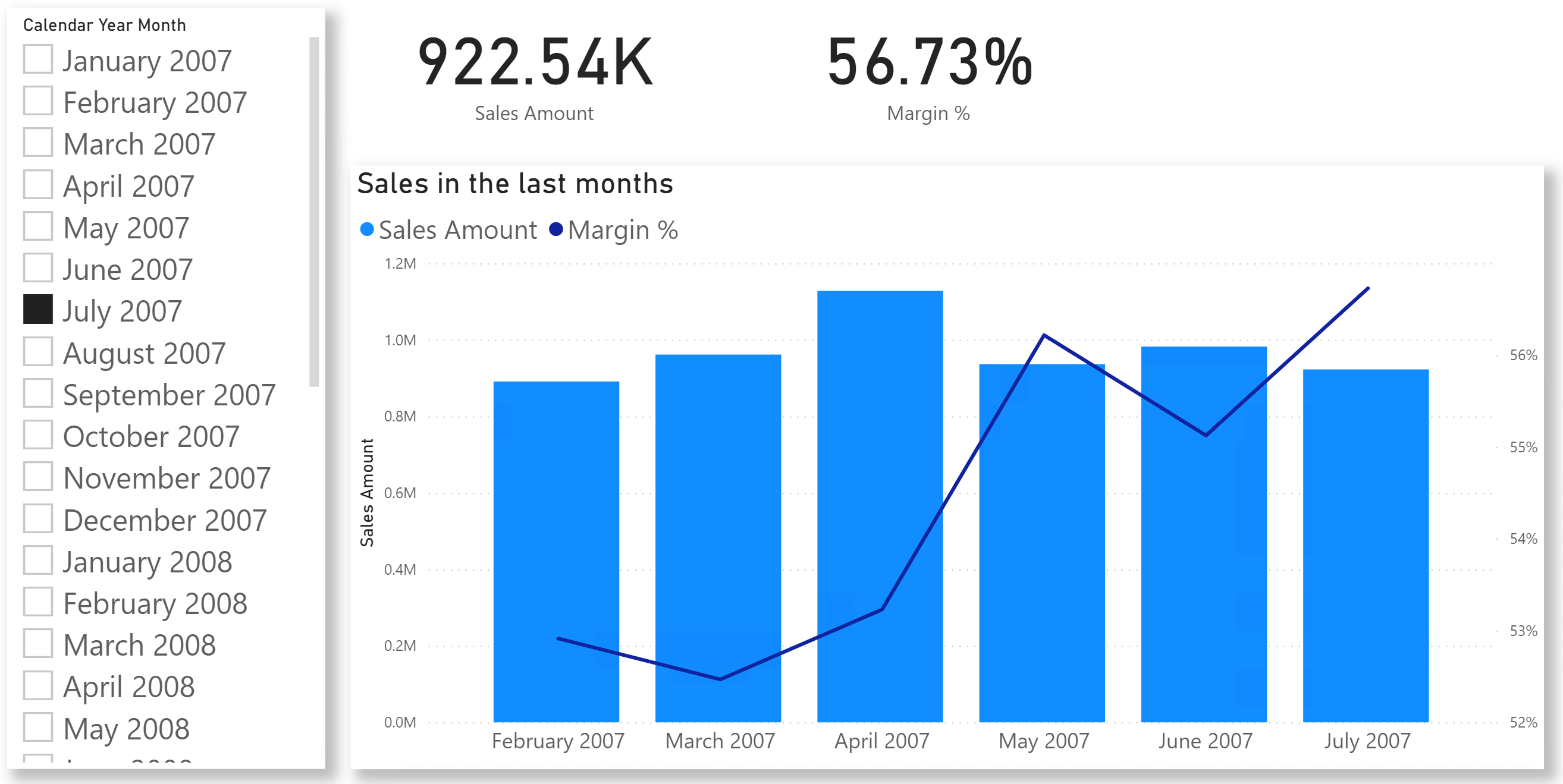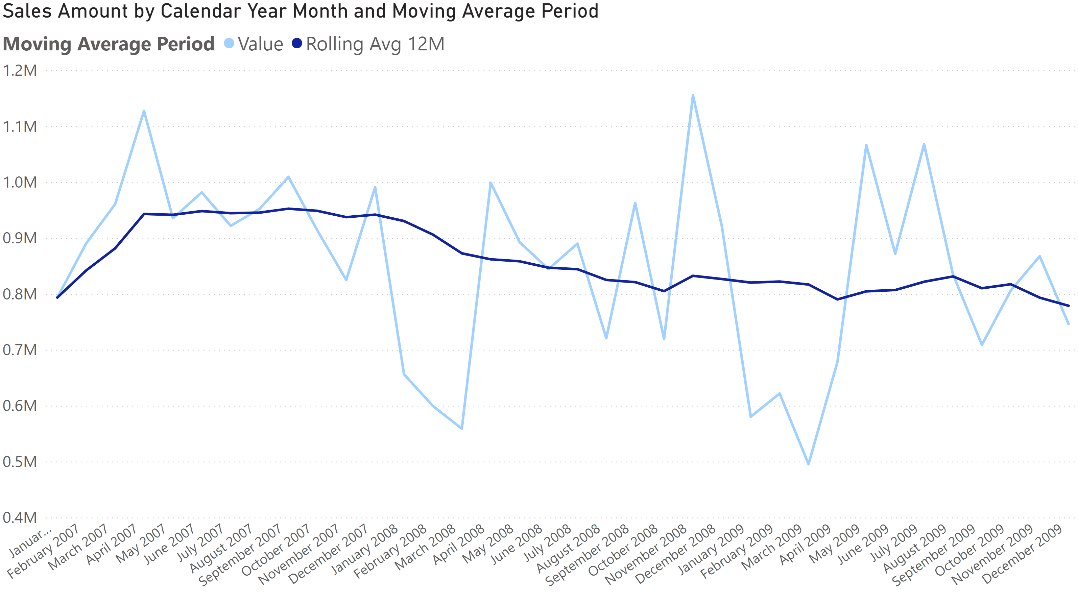Topic: Time Intelligence
-
This article compares two common techniques to filter time periods in DAX: calculation groups and many-to-many relationships. Read more
-
After the SQLBI+ launch in November 2022, we released the first update with additional content: two sessions about Time Intelligence and one whitepaper about the new DAX window functions. This is much more than the single Time Intelligence session we… Read more
-
Every Power BI model has dates and the need for calculation over dates to aggregate and compare data, like Year-To-Date, Same-Period-Last-Year, Moving Average, and so on. Quick measures and standard time intelligence functions in DAX can help, but how do… Watch now
-
DAX provides a set of functions (Time Intelligence) to compute aggregations and comparisons over a range of dates: Year-To-Date, Same-Period-Last-Year, Moving Average, and so on. The DAX time intelligence functions can work well with a month granularity, but they have… Watch now
-
This video describes how we answer a question about an article: this time we show how to use the “Top N and others” report when there is a filter by date. Watch now
-
In this article we demonstrate how to use calculation groups to show the behavior of any measure in the last 6 months, starting from a single date selection with a slicer. This can be applied to any number of months. Read more
-
Why the standard DAX time intelligence functions might return unexpected results? Discover how DATEADD and SAMEPERIODLASTYEAR work under the hood! Watch now
-
Rolling averages over time (a.k.a. moving averages or running averages) are useful to smoothen chart lines and to make trends more evident. This article shows how to compute a rolling average over 12 months, in DAX. Read more
-
How do you get the date of the previous order? The question came up in a comment to the article https://www.sqlbi.com/articles/understanding-the-difference-between-lastdate-and-max-in-dax/ Watch the video to see how we study the case and prepare our answer! Watch now
-
This article describes how to compute previous year values up to a certain date. This is useful in case the data is presenting incomplete months or years. Read more









